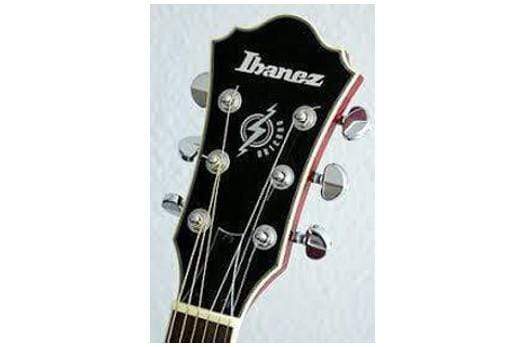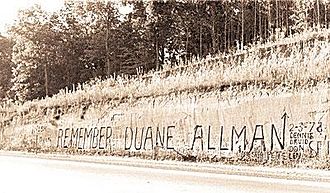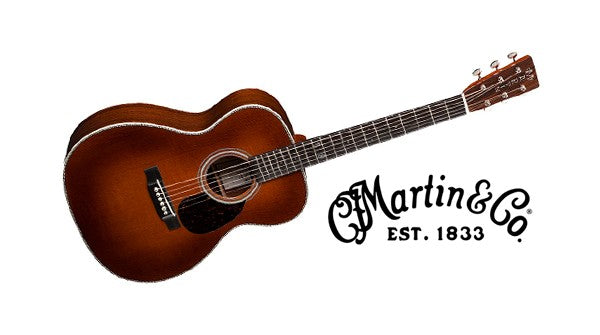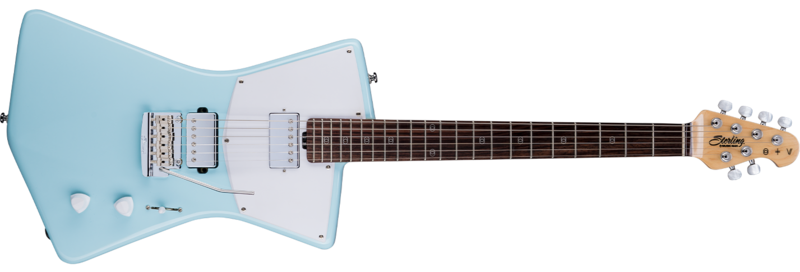Your Cart is Empty
What Do We Mean When We Say Lawsuit Guitar?
January 13, 2019 4 min read

A Little Bit of the History...
During the 1950‘s, the sudden popularity of Rockabilly and Rock n’ Roll music caused an increase in the demand for high quality musical instruments. This was the boom time that built the reputations of acoustic and electric guitar and bass manufacturers like Martin, Gibson and Fender and made models like the Gibson Les Paul, the Gibson SG, the Fender Telecaster, the Fender Stratocaster and the Fender P-Bass legendary.
Blues and Jazz had already done a lot to popularize these guitar manufacturers during the Depression and the War Years, and during the 1950‘s, with the rise of Rock and the economic boom, suddenly just about anyone who wanted could afford to buy an electric guitar or bass. By the late ‘60‘s and early 70‘s the high level of demand, and premium pricing began to take a toll, along with a sudden decline in the quality level of the guitars companies like Fender and Gibson were bringing to market. As the quality of materials and attention to detail began to wane in the production of many of Fender and Gibson’s most prized models, the prices continued to climb, until small and family owned guitar builders came to the realization that their products definitely could compete.
One such entrepreneur was Harry Rosenbloom of Bryn Mawr, Pennsylvania. He owned Medley Music near Philadelphia and made his living selling handmade musical instruments. In 1954 Rosenbloom opened shop and soon found himself unable to fill the demand for American made guitars. In that year, the wait time for a new Martin guitar was 3 years, and Rosenbloom could not keep enough of an inventory to meet demand. To meet the growing demand, Rosenbloom formed the company Elger Guitars and began importing Japanese made guitars from the Hoshino Gakki company. Hoshino Gakki made guitars under the brand name of Ibanez. In 1971 the Hoshino Gakki company bought Rosenbloom out of Elger Guitars and the company became Hoshino USA, and soon afterward Ibanez USA.
The 'Lawsuit Era' Begins
In the post war years there was a great deal of suspicion toward Japanese made products in the United States. Japanese companies seeking to sell guitars in the US would almost always brand them in a way that would conceal their country of origin. Hoshino had begun importing classical acoustics in the 1920‘s from an independent Spanish guitar maker named Salvador Ibáñez and by 1935 had already launched the Ibanez brand. Understanding the skepticism American consumers had toward Japanese products in the 1960‘s, Rosenbloom imported Hoshino guitars under the Ibanez brand name.
By the early 1970‘s Ibanez USA was an up-and-coming guitar maker who happened to be very good at copying famous American models and selling them at often ridiculously cheap prices. At first, all of the so-called ‘lawsuit era’ guitars were rather cheaply made using inferior materials, and really only resembled classic guitars visually, but by the mid-1970‘s companies like Ibanez,Takamine (acoustics), Greco, Fernandes and Burny were making Martin, Gibson and Fender replicas that often rivalled and sometimes even surpassed the models that leading manufacturers were producing.
THE Lawsuit Guitar
The term ‘Lawsuit Era’ gives the impression that Gibson, Fender, and Martin were taking companies to court every time a replica or copy was produced, but the truth is that lawsuits were very rare. The most famous Lawsuit Guitar, and one of the only guitars to actually prompt Gibson to go to court, was theIbanez Super Standard Les Paul copy produced in the mid-to-late 70‘s with ‘open-book’ style headstocks featured on all Gibson models at the time.

Ultimately, Gibson’s parent company and Ibanez USA settled their suit out of court and Ibanez revised the headstock designs. As a result, Ibanez improved the quality of its instruments, using higher quality tone woods and creating a number of set-in-neck and arch top solid body designs like the Artist AR 325, the Iceman, the Destroyer, and later the RG series guitars introduced in the 80‘s and 90‘s that are classics to this day.
Watch: 5 Ibanez Les Pauls that Sound Better than the Original
The Results of the Lawsuit Guitar Era
Today there is no more need to disguise Japanese made guitars as domestic brands. In fact, the term MIJ (made in Japan) is now a selling point. Now that guitar manufacturing has moved predominantly to Korea, Indonesia, China and Mexico, guitars from the Lawsuit Era have grown in popularity and increased in value, as have the Japanese made Fenders and Gibsons.
In many ways, the lawsuit era changed the industry for the better. First of all, most premium, high end guitar manufacturers invested in overseas manufacturing and lower cost versions of their guitars. Gibson’s parent company purchasedEpiphone and started making lower cost Les Paul’s and SG’s that competed with lawsuit guitar makers seeking to undercut them. In the mid-1980‘s, Fender started producing the Squier line of lower cost, scaled down guitars for students and hobbyists, like this1985 Squier Bullet andESP came out with the LTD line of affordable guitars, just to name a few.

Lawsuit Guitars Currently in Stock at Adirondack Guitar
Those who are interested in purchasing vintage instruments have really come to like Japanese made guitars from the 70‘s and 80‘s largely because they are much more reasonably priced than vintage instruments from American companies during the same time frame. The irony is that many of the vintage lawsuit era guitars you will find on the market are as good or better than the instruments they were copying. A perfect example is the Ibanez Super Standard from the mid-to-late 1970‘s:
This is THE Lawsuit guitar, the Ibanez Super Standard from 1977, the year of the lawsuit.


Note the backward ‘F’ on the headstock and the traditional Strat styling. This guitar actually plays really well and has good tone, as well as a high quality tremolo system with a locking nut to address tuning problems.

This Ventura Dot 335 copy looks and sounds like a Gibson 335 hollow-body and is in great condition considering its age.

The neck on this Tokai strat has a great feel and the pickups have a really nice voicing. Plays and sounds as great as a comparable Fender at nearly half the price.
Watch thisVideo Comparison:
Tokai Strat vs. Fender Strat
Leave a comment
Comments will be approved before showing up.
Also in Adirondack Guitar News and Blog
Browse Our Store
Recent Articles
- Left Handed Guitarists Who Learned to Play Right Handed July 13, 2021
- The History and Importance of the Martin 28 Style July 13, 2021
- Adirondack Guitar Profiles: St. Vincent July 13, 2021
- Adirondack Guitar Profiles: John Petrucci May 05, 2021
- How to Turn Your Music Skills into a Career March 30, 2021



